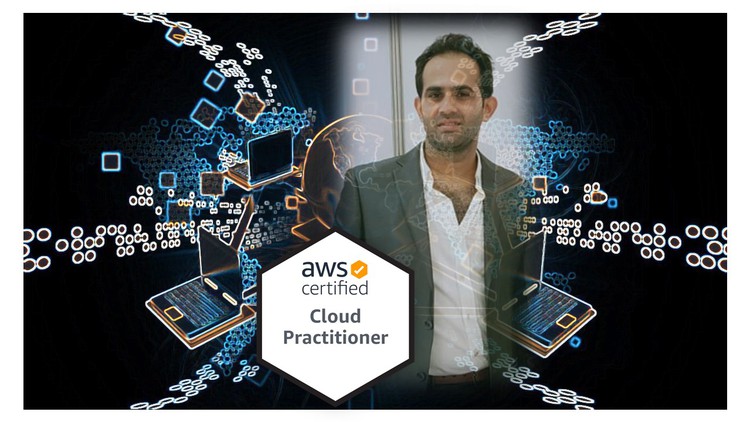AWS Certified Cloud Practitioner Exam - CLF-C01
Practice Tests to pass Amazon Web Services Certified Cloud Practitioner CLF-C01 Exam.
2.83 (3 reviews)

15
students
201 questions
content
Dec 2021
last update
$49.99
regular price
What you will learn
Recognize and explain basic AWS Cloud architectural principles.
Describe key services on the AWS platform and their common use cases.
Describe the basic security and compliance aspects of the AWS platform and the shared security model.
Define the billing, account management, and pricing models.
Related Topics
4386044
udemy ID
11/7/2021
course created date
12/3/2023
course indexed date
Bot
course submited by